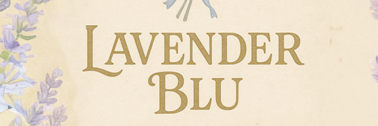Understanding Junk Journals
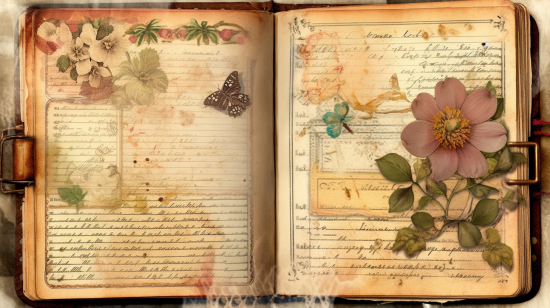
What is a junk journal?
A junk journal is a handmade book filled with a mix of found and created items. It’s a creative outlet where you can collect memories, write thoughts, and express yourself through a combination of words, images, and textures. Unlike traditional journals, junk journals embrace an eclectic, often vintage aesthetic.
The appeal of junk journaling
Junk journaling is all about freedom and creativity. There are no rules, which makes it perfect for anyone who wants to explore their artistic side without pressure. It’s also a great way to reuse items that might otherwise be thrown away, giving new life to old tickets, postcards, or even packaging
Differences between junk journals and traditional scrapbooks
While both junk journals and scrapbooks preserve memories, they differ in approach. Scrapbooks usually focus on specific events or themes, with carefully arranged photos and memorabilia. Junk journals, on the other hand, are more freestyle. They can include anything from personal writings to random bits of ephemera, creating a unique and personal narrative.
Paper and Base Materials
Selecting the right journal base
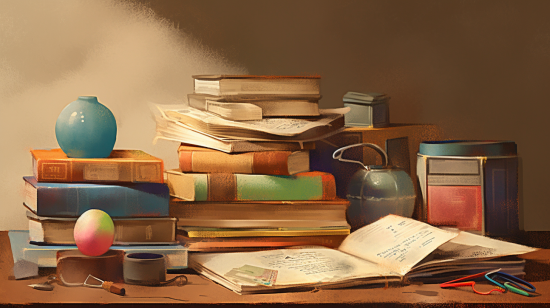
Your journal’s base sets the tone for your entire project. You might choose a vintage book, a handmade cover, or even a repurposed cereal box. The key is to pick something that speaks to you and fits your vision.
Types of paper for pages
The beauty of junk journaling is that you can use almost any type of paper. Old book pages, scrapbook paper, kraft paper, or even brown paper bags can work. Mix and match to create interesting textures and visual appeal.
Incorporating found papers and ephemera
This is where the “junk” in junk journaling comes alive. Ticket stubs, old letters, magazine clippings, or even pretty product packaging can all find a home in your journal. These items add character and tell a story all their own. Lots of junk journal makers also use printable journal pages and ephemera, such as those in my junk journal printables shop. There are also lots of places you can find free junk journal printables, such as in my Free Printables Library, or on my ko-fi page
Adhesives and Binding Tools
Glue options for different materials
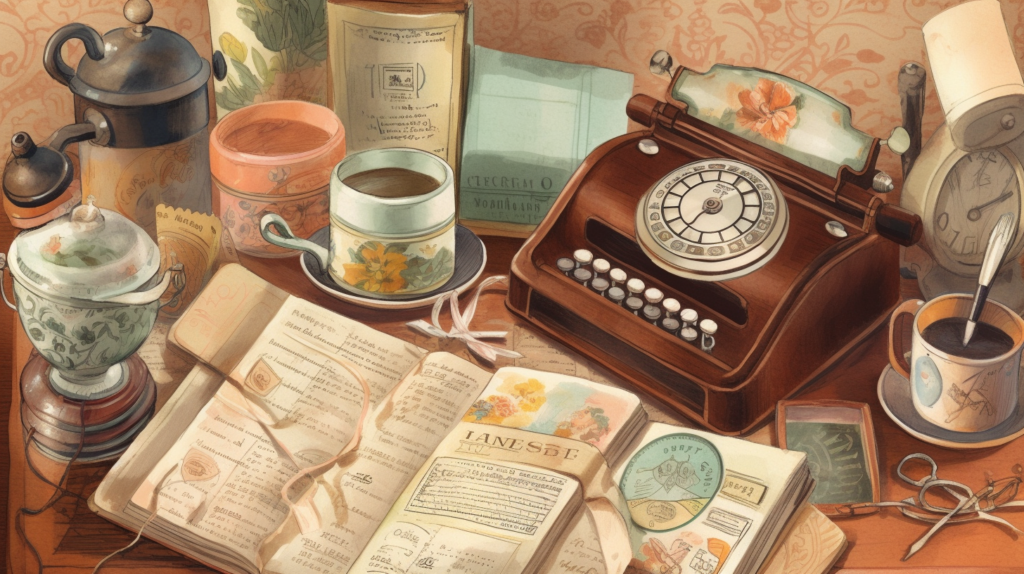
Not all glues are created equal. For paper-to-paper adhesion, a simple glue stick often does the trick. For heavier items, you might need something stronger like a craft glue or even a hot glue gun. Always test your adhesive on a scrap piece first to make sure it works well with your materials.
Tape varieties and their uses
Washi tape is a junk journaler’s best friend. It comes in countless patterns and is great for decorative touches. Double-sided tape is perfect for attaching flat items without visible adhesive. And don’t forget about good old clear tape for quick fixes.
Binding methods and necessary tools
How you bind your journal depends on your base and personal preference. If you’re using a pre-made book, you might not need to rebind at all. For loose pages, you could use rings, string, or even staples. A hole punch is handy for most binding methods.
Embellishments and Decorative Elements
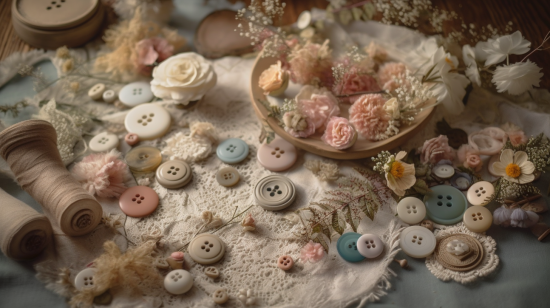
Vintage and modern embellishments
Embellishments add flair to your journal pages. Vintage options might include old buttons, lace, or postage stamps. For a more modern look, try stickers, die-cuts, or even small trinkets. The key is to choose items that resonate with you and your journal’s theme.
Natural elements for texture
Nature offers a wealth of textures for your journal. Pressed flowers, leaves, or even small pebbles can add a lovely organic touch to your pages. Just make sure to properly dry any plant material to prevent mold
Creating custom decorations
Don’t be afraid to make your own decorations. Cut shapes from pretty paper, create your own stamps with erasers, or fun foam or paint your own backgrounds. This personal touch makes your journal truly one-of-a-kind.
Writing and Coloring Implements
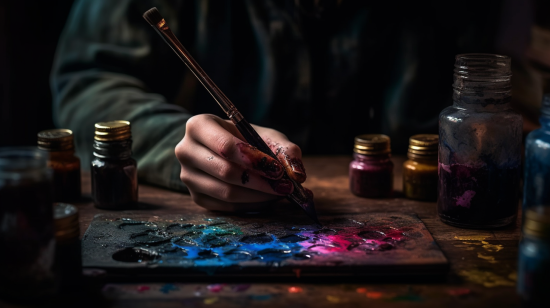
Pens and markers for journaling
Choose pens that write smoothly on your chosen paper. Gel pens are great for most surfaces, while markers can add bold color. Don’t forget about white or metallic pens for writing on dark backgrounds.
Watercolors and other painting supplies
Watercolors are wonderful for adding soft color to your pages. They’re portable and easy to use. Other options include acrylic paints for more opaque coverage, or even crayons for a nostalgic touch.
Stamping tools and inks
Stamps are a quick way to add repeating designs or text to your journal. You can buy pre-made stamps or carve your own. Pair them with ink pads in various colors to match your page designs.
Storage and Organization Solutions
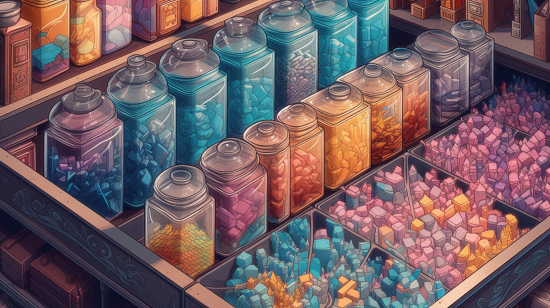
Keeping supplies accessible
Organize your supplies in a way that makes sense to you. Clear containers let you see what you have at a glance. Consider sorting by color, type, or frequency of use.
Sorting small embellishments
Small items like buttons or beads can be stored in divided containers or small jars. Label everything clearly to save time when you’re in the creative flow.
Portable options for on-the-go journaling
A small pouch or tin can hold basic supplies for journaling on the move. Include a glue stick, scissors, a few pens, and some washi tape for impromptu creativity wherever you are.
Summary
Junk journaling is a wonderful way to express yourself and preserve memories. With the right supplies, you can create a truly personal and meaningful book. Remember, the most important thing is to enjoy the process and let your creativity shine.
Frequently Asked Questions
1. What are the essential supplies for beginners?
For beginners, start with a journal base, some interesting papers, glue, scissors, and a few pens. You can build your collection from there as you discover what you enjoy using
2. How can I create a junk journal on a budget?
Use what you have around the house. Cereal boxes, junk mail, and old magazines can all become journal materials. Look for sales at craft stores, and don’t be afraid to ask friends and family for their “junk” that you can repurpose.
3. Where can I find unique materials for my junk journal?
Thrift stores, yard sales, and flea markets are treasure troves for junk journaling supplies. You can also find interesting papers and ephemera at antique shops or online marketplaces.
4. Are there any safety considerations when using junk journal supplies?
Always work in a well-ventilated area when using strong adhesives. Be careful with sharp tools like scissors or craft knives. If you’re using vintage materials, give them a good clean first to remove any dust or potential allergens.
How do I choose the right adhesives for different materials?
Consider the weight and texture of the items you’re gluing. Paper-to-paper usually works well with a glue stick, while heavier items might need a stronger craft glue. Always test on a small area first to make sure the adhesive doesn’t damage your materials.
